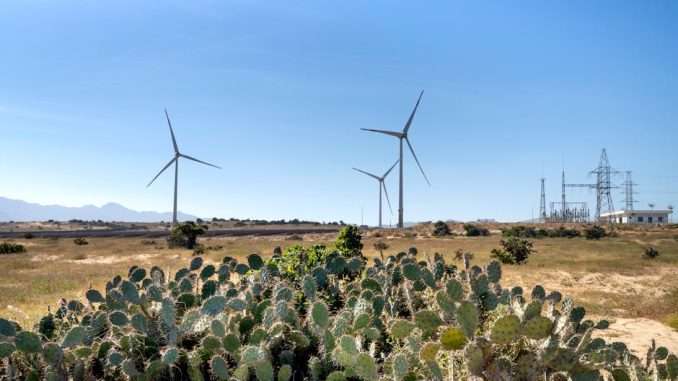
In the face of the escalating climate crisis, the construction industry has come under scrutiny for its significant contribution to global greenhouse gas emissions, accounting for a staggering 79 percent according to the United Nations. This revelation has catalysed a worldwide call to action, urging the sector to pivot towards sustainable, net-zero solutions. The introduction of innovative climate change clauses in construction contracts marks a transformative moment in the industry’s journey towards sustainability, intertwining environmental responsibility with construction practices.
Read more about sustainable development.
Standing at a pivotal juncture, the construction industry has responded with notable initiatives such as the NEC’s secondary option X29 clauses. These clauses set a new benchmark by mandating contractors to develop comprehensive plans aimed at reducing environmental footprints. This initiative is part of a broader movement towards climate-conscious construction, championed by organisations like the Chancery Lane Project. The Chancery Lane Project has been instrumental in crafting pioneering model clauses that integrate climate change solutions into construction contracts. Clauses like “Ashkan’s Clause,” which incentivises green practices through a retention fund, and “Ayshe’s Clause,” which promotes transparency in supply chains for renewable energy, are not mere regulatory measures but transformative standards reshaping sustainable construction practices.
Further illustrating the industry’s commitment to sustainability, “Edgar’s Clause” advocates for biodiversity and nature-oriented solutions, while “Estelle’s Clause” aligns construction projects with the ambitious goals of the Paris Agreement. These clauses provide clear guidelines and hold contractors accountable for their environmental impact. This narrative of accountability is reinforced by “Francis’s Clause,” mandating comprehensive waste management plans, and “Izzy’s Clause,” which benchmarks contractors’ carbon footprints and imposes penalties for non-compliance. The urgency of this transition is highlighted by a recent UN Environment Programme report, which underscores the widening gap between the construction industry’s actual climate performance and the necessary decarbonisation pathway, urging accelerated efforts towards sustainability.
The construction industry’s critical role in supporting the UN’s sustainable development goals and the Paris Agreement is of paramount importance. Organisations like FIDIC have been at the forefront, advocating for sustainable practices and ensuring compliance with stringent climate change regulations and Environmental, Social, and Governance (ESG) standards. This alignment with global sustainability standards is not just a necessity for industry decision-makers, lenders, and investors but a commitment to a sustainable future. Certifications such as BREEAM and LEED have become instrumental in rating and certifying construction projects, driving contractors to adopt environmentally friendly practices to meet stringent criteria. The competitive landscape of tendering processes and resource competition has further incentivised bidders to embrace sustainable practices, mitigating escalating costs associated with new environmental legislation.
Enforcing accountability and driving compliance with sustainable practices are key pillars in this transition. Clauses like “Tristan’s Clause,” which sets carbon budgets for projects and imposes liquidated damages for breaches, underscore the non-negotiable nature of environmental responsibility. Tools such as “Robyn’s Questionnaire” play a crucial role in assessing subcontractors’ climate change risk credentials, enhancing transparency and accountability across the supply chain. The transition towards sustainable construction practices necessitates meticulous planning and significant investments to accurately assess the climatic impact of large construction projects. Green provisions in construction contracts are intricately linked to local environmental laws and protections, underscoring the industry’s commitment to aligning with global sustainability standards. Despite the challenges posed by the cost of achieving compliance with green requirements, the industry’s unwavering commitment to sustainability is driving a seismic shift towards a greener future.
Financial incentives embedded in construction contracts ensure that sustainability targets are not just met but exceeded, reflecting a collective determination to combat climate change and build a more sustainable world. The reliance on construction contracts as a powerful tool to promote climate change goals and mitigate environmental degradation is reshaping the sector. Through a collective commitment to sustainable practices and a growing emphasis on climate-conscious contracting, the construction industry is poised to lead the charge towards a greener, more resilient future for generations to come.
In essence, the construction industry’s progress towards net-zero emissions is characterised by the integration of climate-conscious clauses in contracts, strict adherence to sustainability standards, and a proactive approach to environmental responsibility. As the sector embraces these transformative changes, it stands as a beacon of hope, demonstrating the power of collective action in combating climate change. The path to a sustainable future is being paved by the construction industry, one climate-conscious contract at a time.


Be the first to comment